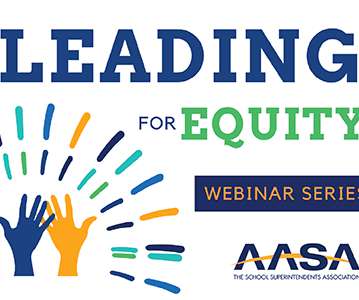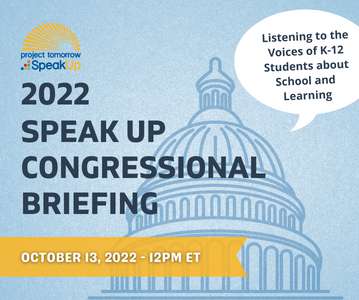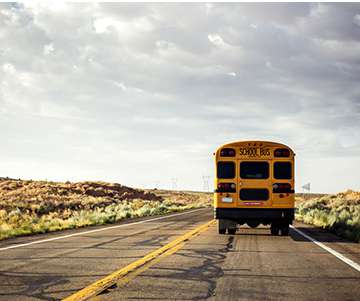Closing the Digital Learning Gap
Digital Promise
JANUARY 8, 2019
Yet, despite efforts over the last 20 years to improve the performance of our schools, the U.S. Students are designing, making, coding, composing, animating, and publishing. Education researchers and neuroscientists are learning more about how people learn. It’s lack of equity.






















Let's personalize your content